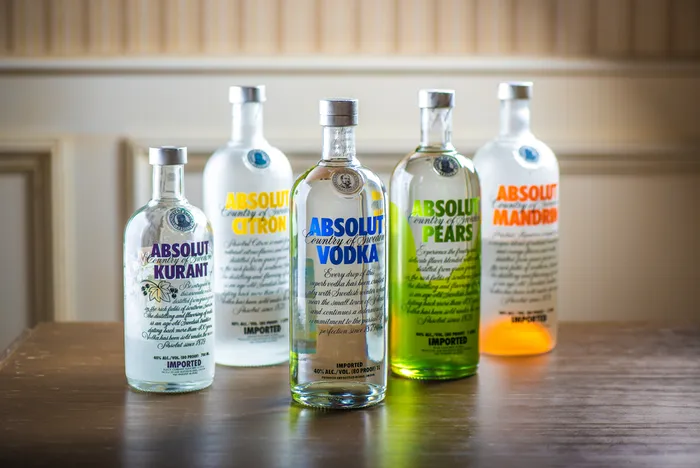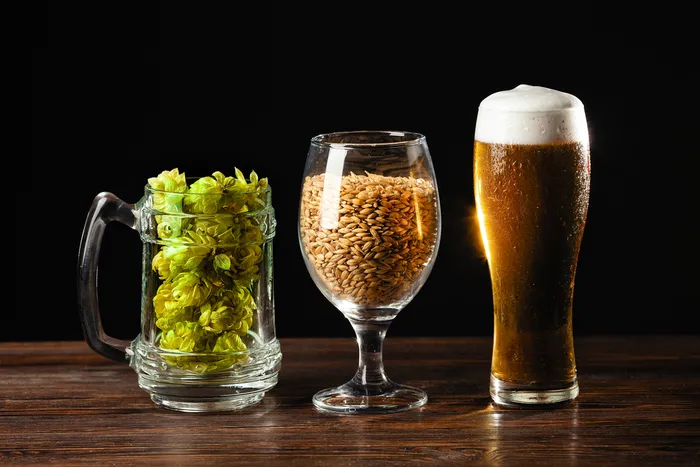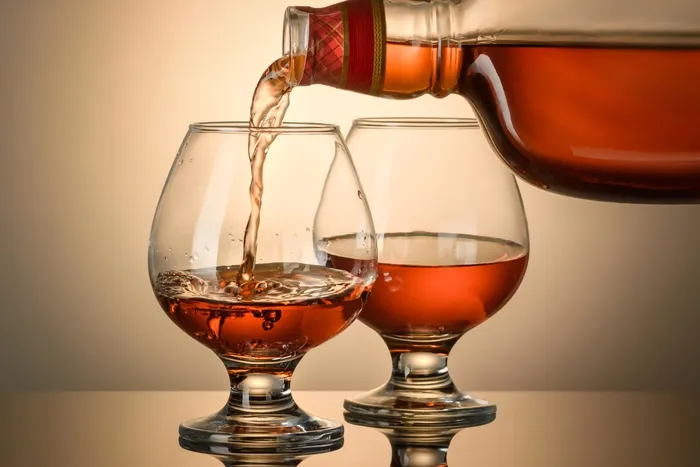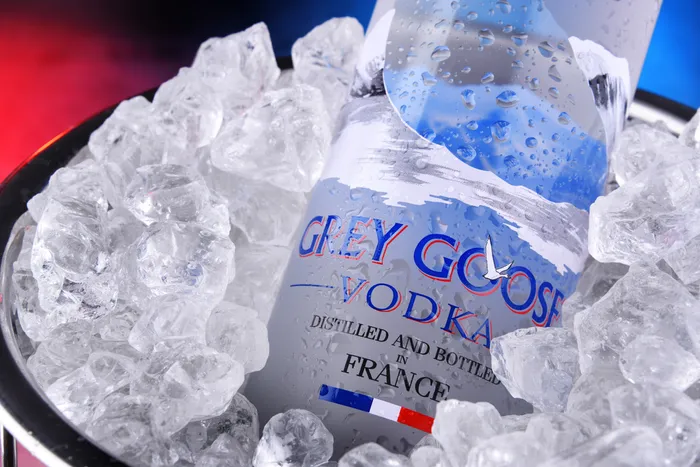There are no results that match your search.
Vodka • 6 min • 14.06.2023
The Ingredients of Vodka: How It's Made and What's Inside
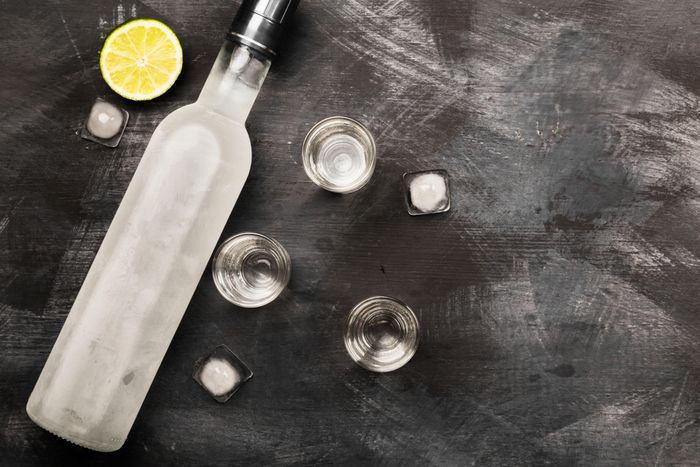
Vodka, oh Vodka. A dear friend who knows all of my secrets. I remember my first shot. A friend handed me one and called it a potato salad. An ignorant me laughed in his face and downed the shot. I became a sack of potatoes after 3 and became one with the potato spirits. So is Vodka really made from Potatoes? Let’s find out!
A Dynamic Elixir
Vodka, borrowing its name from the Slavic word for water ("voda"), is a versatile distilled spirit, renowned for its clear colour and neutral taste. It’s the perfect partner to elevate your cocktails, teasing out intricate flavours or adding that much-needed punch. Enjoyed neat or in classic cocktails like the Black Russian, Bloody Mary, or Cosmopolitan, this timeless spirit suits all tastes.
For my Singaporean guests, I've often created a special treat: a ‘Milo Peng’, a delectable mix of vodka, Baileys, and a Milo sachet. It’s my boozy rendition of the popular iced beverage, guaranteed to please the palate.
A Rich History, Distilled
The origins of vodka are unclear due to a severe lack of historical documentation, the earliest mention of the word ‘Wodka’ was recorded in 1405 by Polish government officials, where it was referred to as a chemical compound in medicines or cosmetic cleansers.
What Is Vodka Made From?
In my early bartending days, I too was under the impression that all vodka was birthed from a mix of water and ethanol distilled from a fermented potato mash. How wrong I was! In the vodka realm, variety truly is the spice of life. Let's delve into the treasure trove of vodka's ingredient list.
Raw Ingredients
At the heart of any fermentation process is a ready source of starch or sugar for our yeast companions to convert into alcohol. Here are the primary raw materials that lend their unique characters to the final product:
- Potato
The most common ingredient used in the production of Vodka, imparting a rich and creamy texture with notes of earthy vegetables and nuts.
- Barley
Grain-based Vodka tends to be softer than its counterparts, with barley imparting a natural, bready sweetness on top of a nutty profile.
- Rye
Rye-based vodkas, such as Belvedere, are rich in body and bold in flavour, with hints of spice.
- Wheat
Another common ingredient used in Vodka production, wheat produces a vodka that is soft and sweet, much like Absolut or Grey Goose.
- Corn
This golden grain provides a buttery sweetness, making for excellent cocktail bases.
- Grapes
The parent of the refreshingly fruity vodkas like Ciroc, lending the spirit their innate flavour.
Water
Nearly 60% of our beloved vodka is made of water, a crucial element that can make or break the balance of flavours. Even the slightest impurities in water can disrupt the delicate flavours or introduce unpleasant metallic textures. Distilleries go to great lengths to ensure their water is as pure as possible, using methods like distillation, charcoal filters, and deionization, or even sourcing water from natural springs and glaciers to add a unique identity.
Optional Additives
With the rise of bespoke cocktails demanding unique combinations, some brands have started adding spices, fruits, or other flavourings during or after distillation. While this does create fascinating flavours, it may slightly reduce the ABV and potentially the overall quality of the vodka. Personally, I enjoy working with Stolichnaya butterscotch and Absolut pear, both wonderfully flavoured vodkas.
How Vodka Is Made
Now that we’ve established that potatoes are NOT the only ingredient used for Vodka, let’s explore the actual creation process!
1. Fermentation of the Base Mixture
Firstly, the chosen ingredients are mixed with water and heated up to 60°C to convert any starch into fermentable sugars.
The cooled mash then meets its fermenting companion, yeast, in fermentation vats. This process can take days to weeks and yields what’s known as 'distillers beer' or ‘wash’ ready for distillation.
2. Distillation
Post-fermentation, solid ingredients are separated from the liquid mixture, which is then transferred to stills. Here, the liquid is heated and vaporised, and the vapour is collected as it recondenses into a liquid. This process purifies the vodka and boosts its alcohol content. Distilleries typically repeat this three times, achieving an ABV of up to 95%.
3. Filtration and Dilution
Next, the distillate is filtered, usually through charcoal or carbon, removing any unwanted elements. Traditional distilleries sometimes skip this step, but modern ones always include it and often claim to filter their vodka multiple times to ensure a smooth taste.
Finally, water is added to the vodka to reduce the alcohol content to around 40%. Undiluted vodkas are undrinkable due to their high ethyl alcohol content.
Raising a Glass to Vodka
Although vodka may appear colourless and flavourless, it carries a rich, vibrant history and brings pleasure to many around the world. So, the next time you raise a glass of vodka, remember you're toasting with more than just potatoes. I invite you to discover the diverse world of grain, grape, and potato-based vodkas at Paneco. Here's to new discoveries and unforgettable vodka cocktails!







